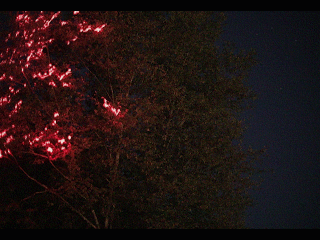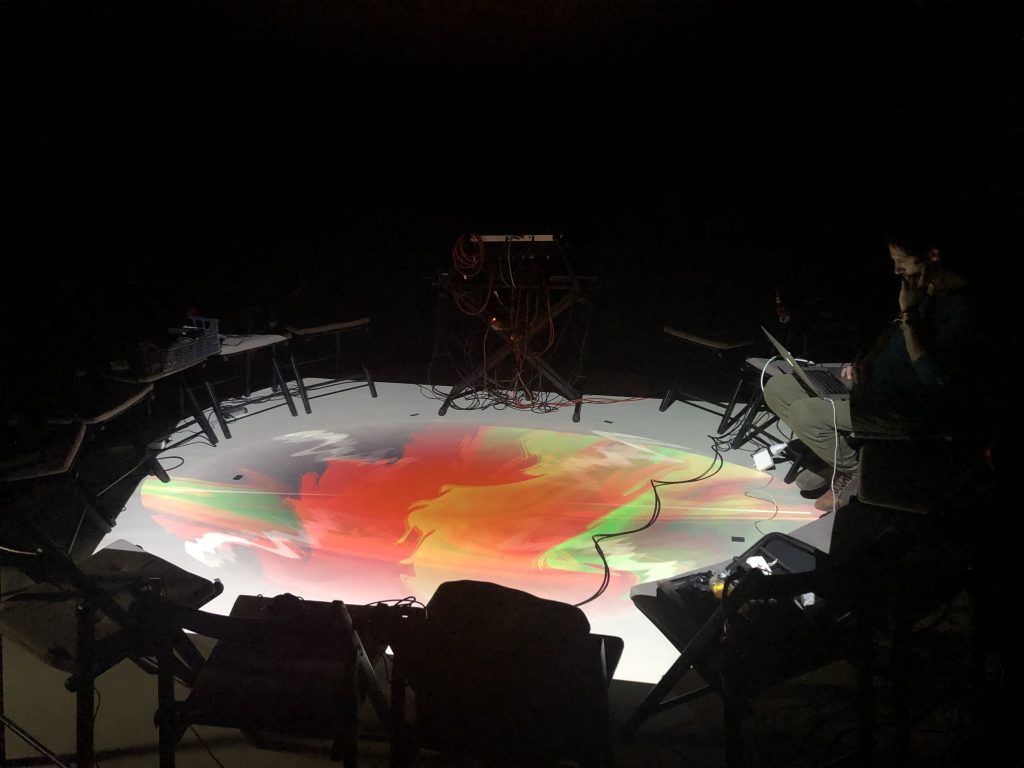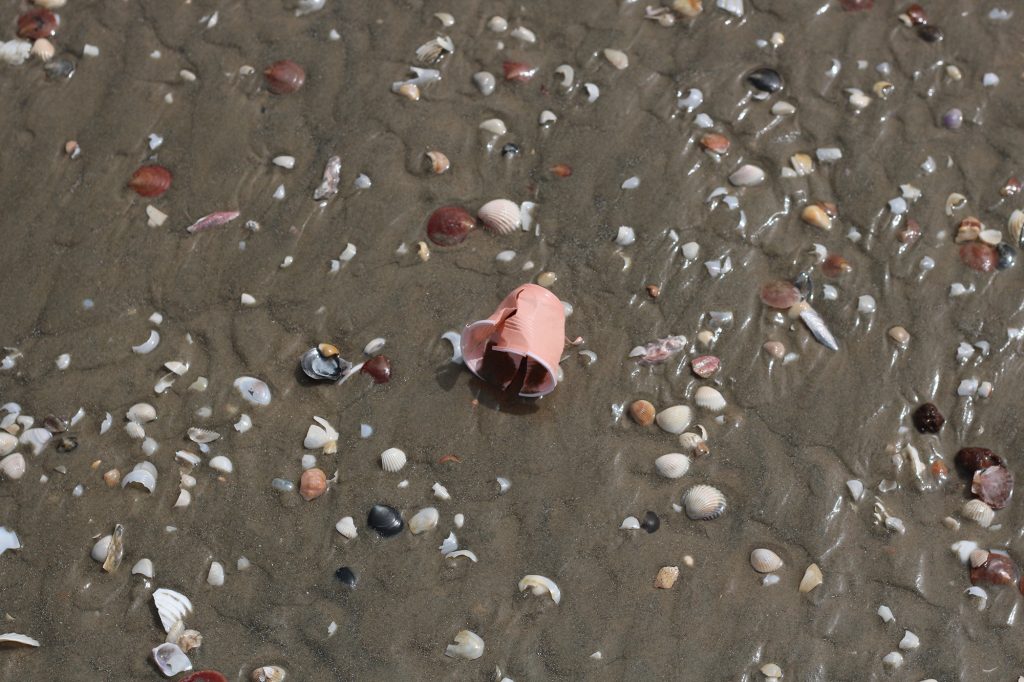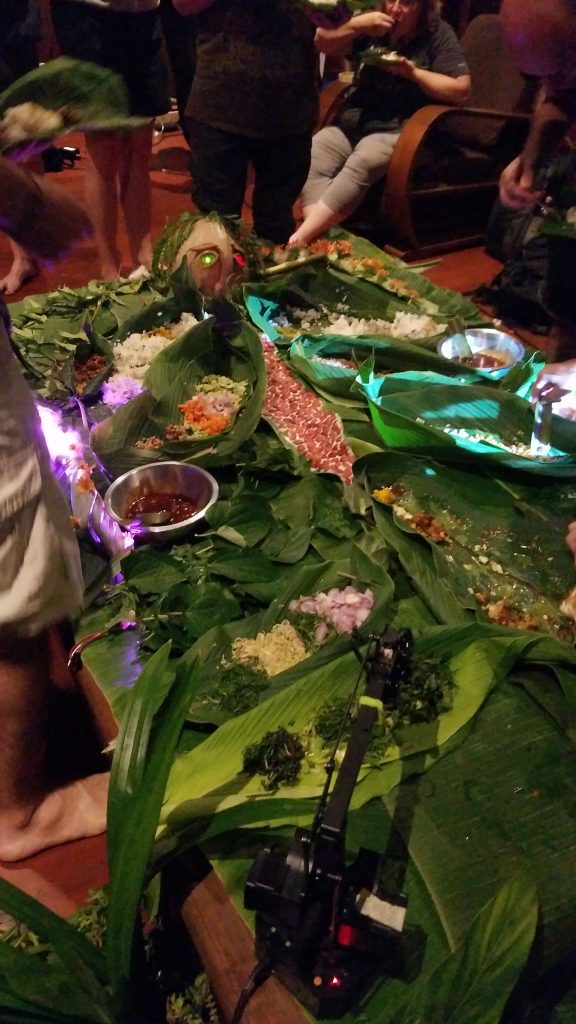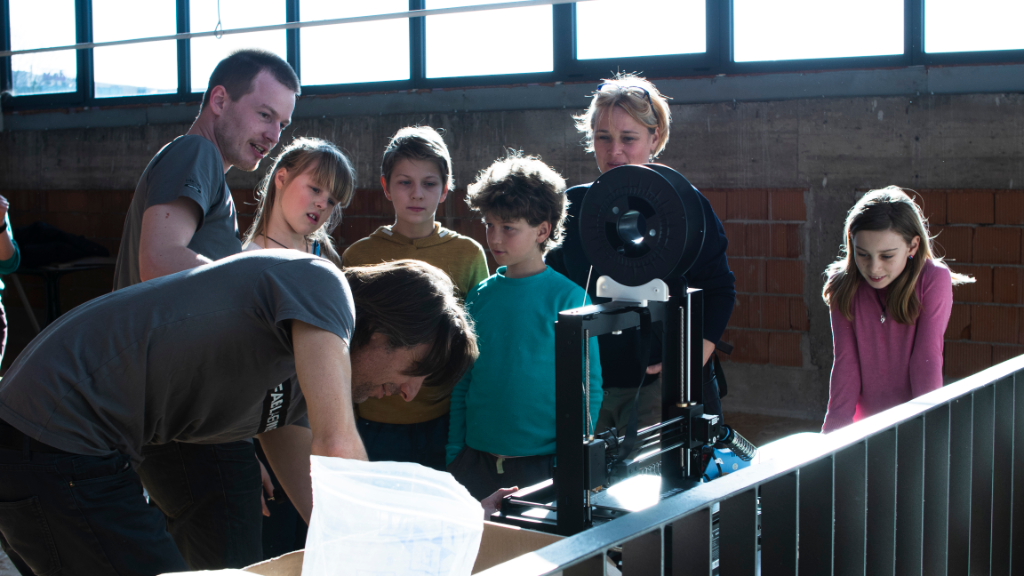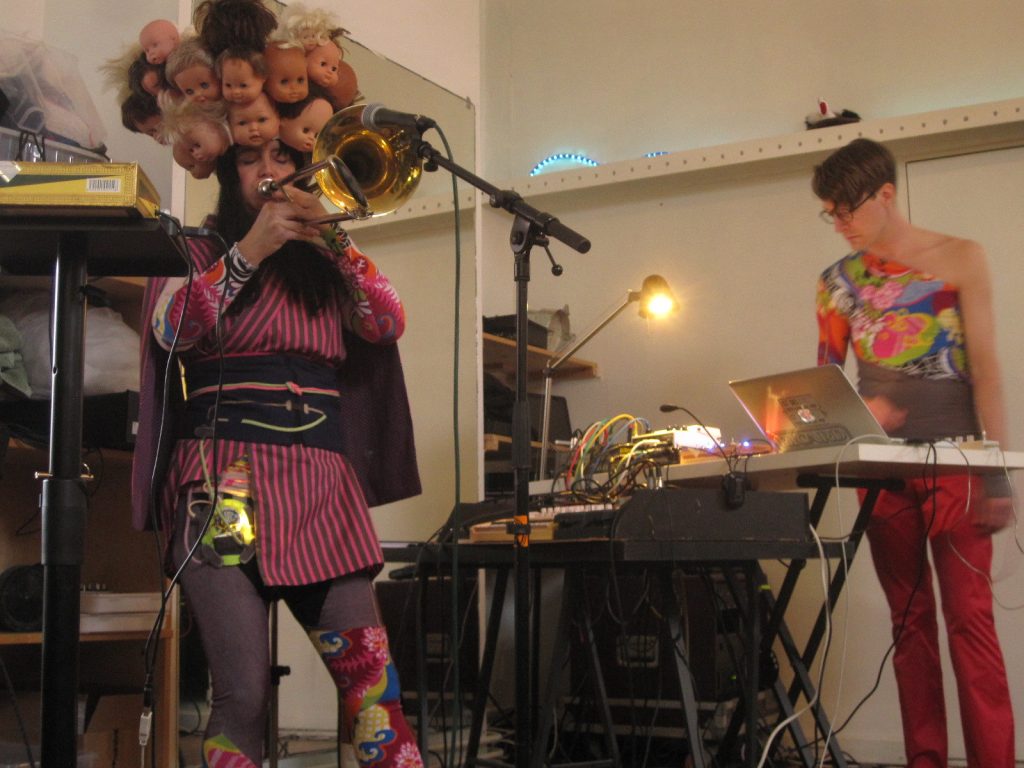Our wild edible plant guru Dario Cortese will take care of our “real” detoxication! Are you ready?

Toxic!
What does it mean … Indeed? As far as it is not known there are no toxic plants in existence. Only some very powerful, which are one-sidedly labelled as »toxic«. Or the other way around – there is no single plant you would eat and die. Yes, the quantity is not mentioned. In some cases only a little bit than a small quantity is needed for lethal result. Because of powerful pharmacological action in human body most of the so-called toxic plants have – used in small quantities – medicinal and other qualities. Natural toxins in general heighten the body’s resistance to toxins, contradictory as it may seem. All the way through human history they were and are ingested regularly to acquire more power, be it for everyday life or for special purposes.
So there is no need to detox indeed, only to »detox« the attitude toward the »toxic plants«. And mushrooms, too, as there exists some data that otherwise very poisonous Death Cap, Amanita phalloides, was used (smoked) ritually in the region of Mariovo, southern Macedonia, in pre-Roman times.
Hack your own borreliosis
As each borreliosis (Lyme Borreliosis) infecton is each infected person’s own homework it is very simple for self treatment. Indeed self medication is the only way to run the marathon of healing, or rather transforming the infection (and, good news, also co-infections as ehrlichiosis, bartoneliosis and babesiosis) when official medication fails. And it fails very often as the Borrelia bacteria (there are several species, B. burgdorferi being the most common and known) is very intelligent being, performing quite some miracles in the host’s body. And mind. A story yet to be told by future borreliosis-literate medical doctors. But there is no need to wait for them as you can be your own.
